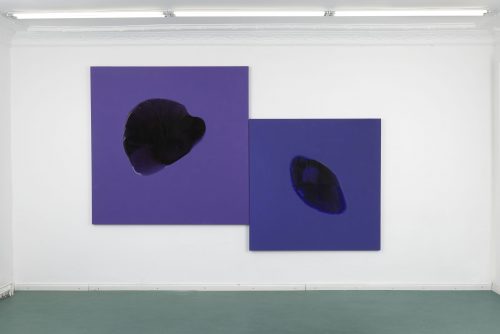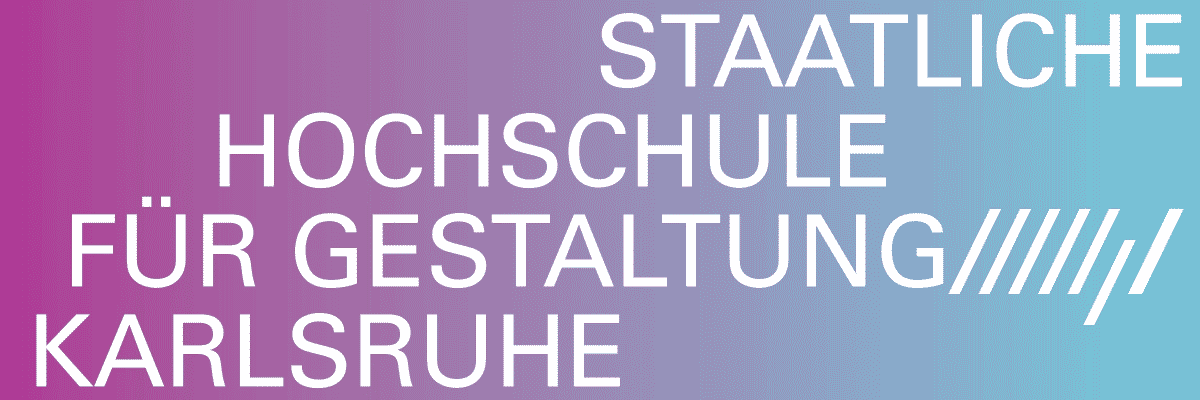
Alessandro Agudio, Gina Folly, Michèle Graf & Selina Grüter
Fanta–MLN at (REPERTOIRE)
Project Info
- 💙 (REPERTOIRE)
- 🖤 Alessandro Agudio, Gina Folly, Michèle Graf & Selina Grüter
- 💜 Fanta–MLN & Hendrike Nagel
- 💛 Julian Blum
Share on
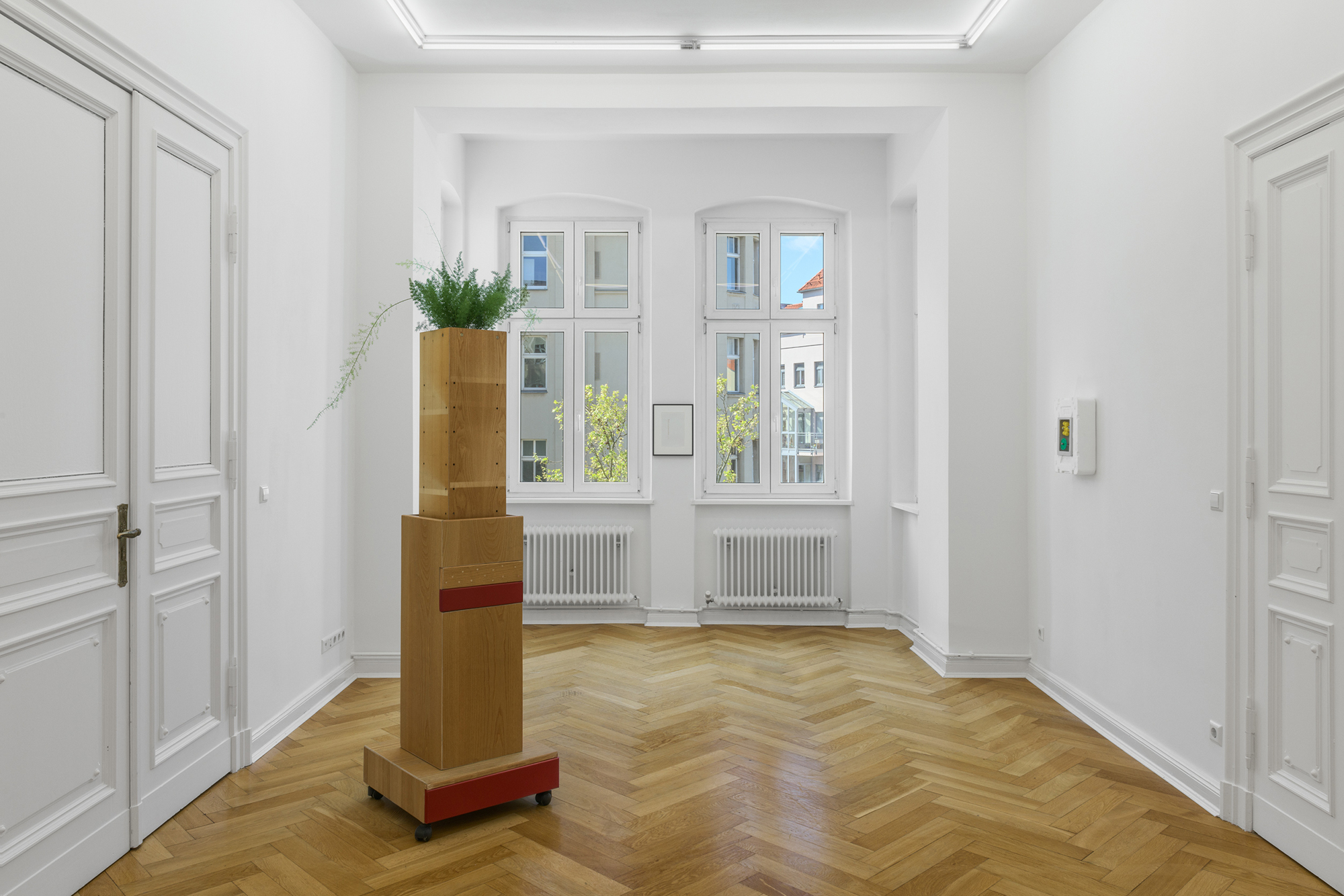
Installation view, 2024, (REPERTOIRE)/Schöneberg. Courtesy: the artists & Fanta-MLN. Photo: Julian Blum.
Advertisement
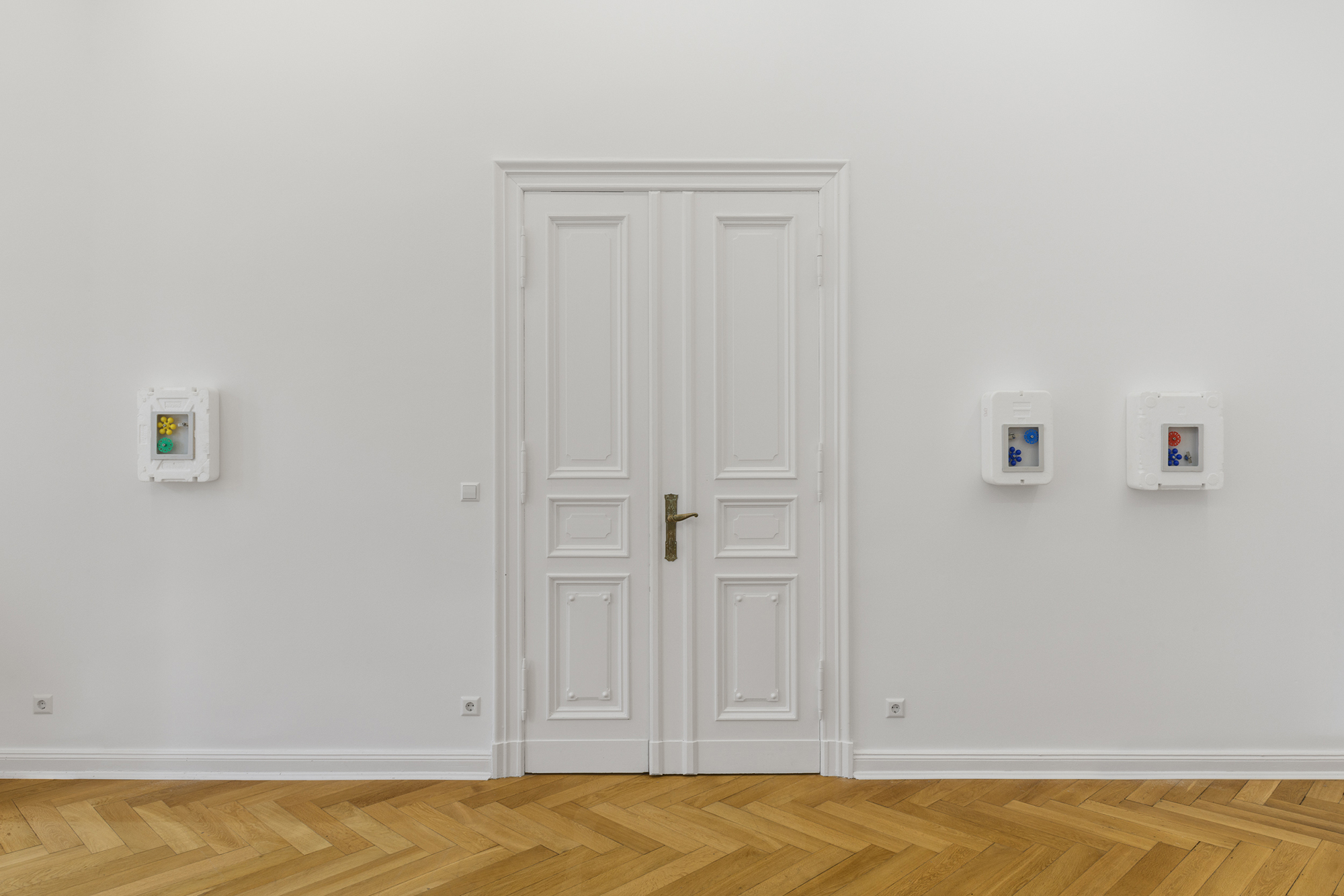
Gina Folly, Simplify Complexity III/I/IV (from left to right), 2022. Courtesy: the artist & Fanta-MLN. Photo: Julian Blum.

Gina Folly, Simplify Complexity I/IV (from left to right), 2022. Courtesy: the artist & Fanta-MLN. Photo: Julian Blum.
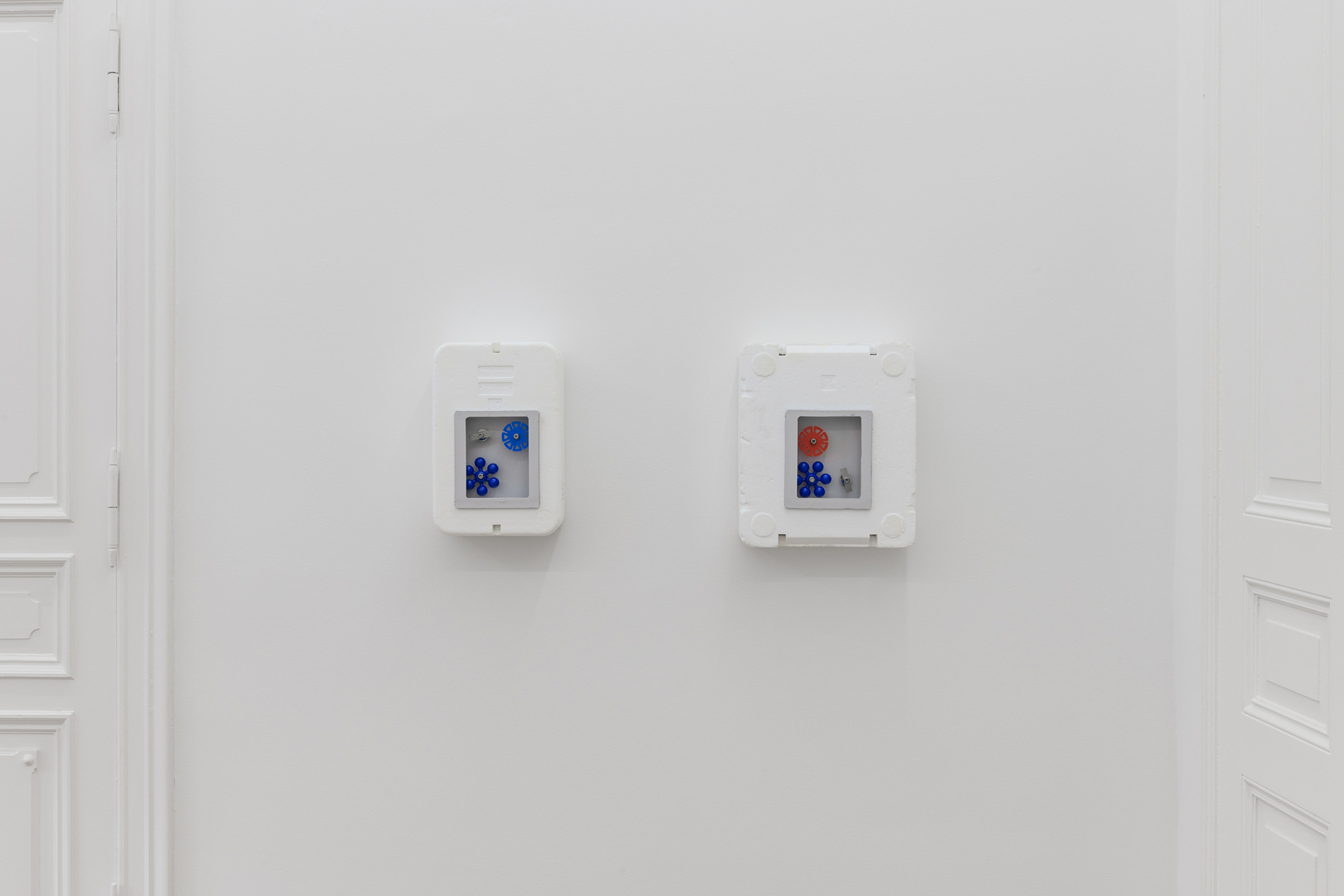
Gina Folly, Simplify Complexity I/IV (from left to right), 2022. Courtesy: the artist & Fanta-MLN. Photo: Julian Blum.

Gina Folly, Simplify Complexity III, 2022. Courtesy: the artist & Fanta-MLN. Photo: Julian Blum.
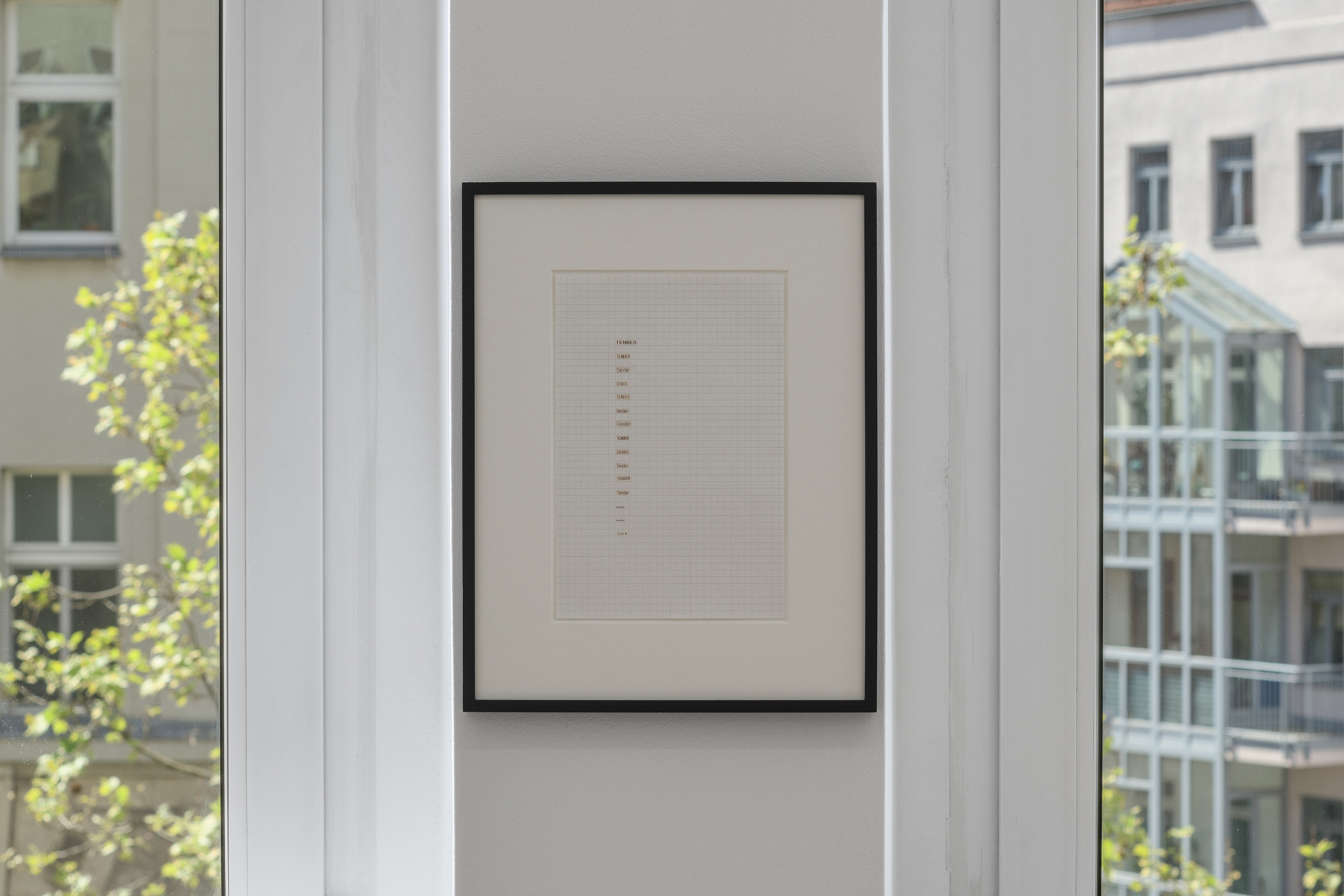
Michèle Graf & Selina Grüter, Pocket Liner, 2022. Courtesy: the artists & Fanta-MLN. Photo: Julian Blum.
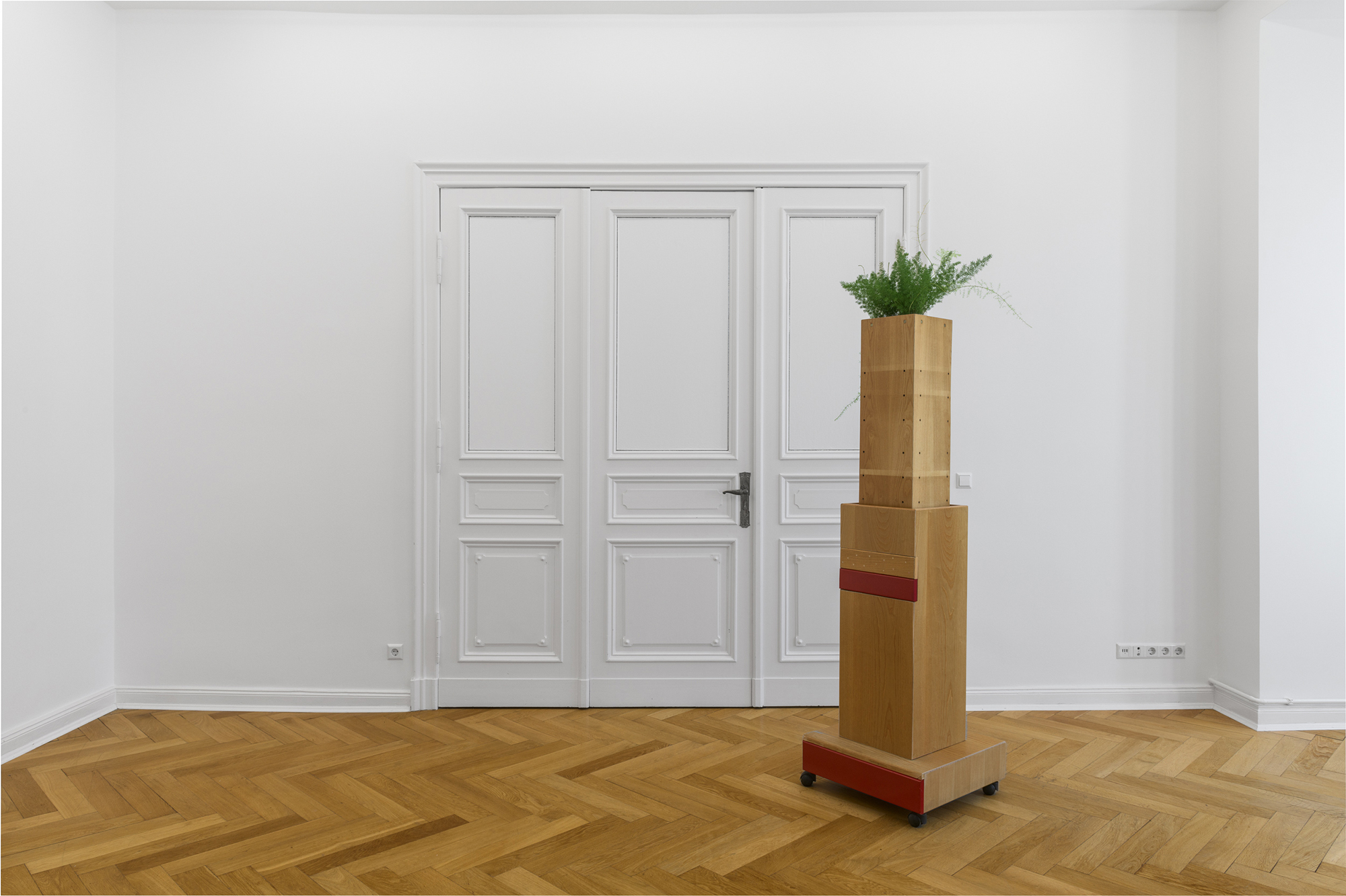
Alessandro Agudio, Fioriera I (La Giocosa), 2023. Courtesy: the artist & Fanta-MLN. Photo: Julian Blum.
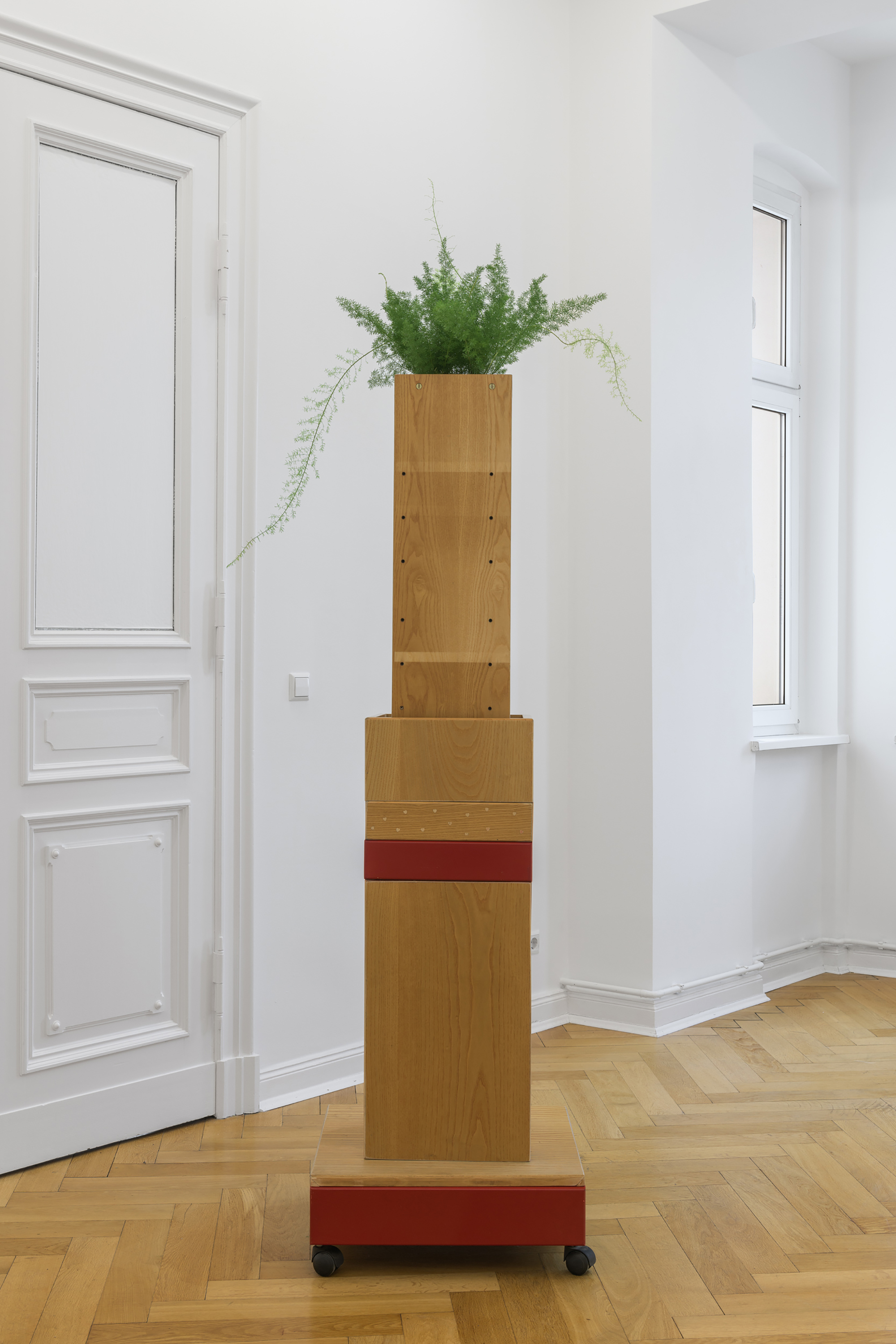
Alessandro Agudio, Fioriera I (La Giocosa), 2023. Courtesy: the artist & Fanta-MLN. Photo: Julian Blum.
![Alessandro Agudio, Fioriera I (La Giocosa) [Detail], 2023. Courtesy: the artist & Fanta-MLN. Photo: Julian Blum.](https://backend.kubaparis.com/submissions/2024/05/16/Fanta–MLN-at-REPERTOIRE/9_FNT-RPT-7.jpg?v=1715868485)
Alessandro Agudio, Fioriera I (La Giocosa) [Detail], 2023. Courtesy: the artist & Fanta-MLN. Photo: Julian Blum.
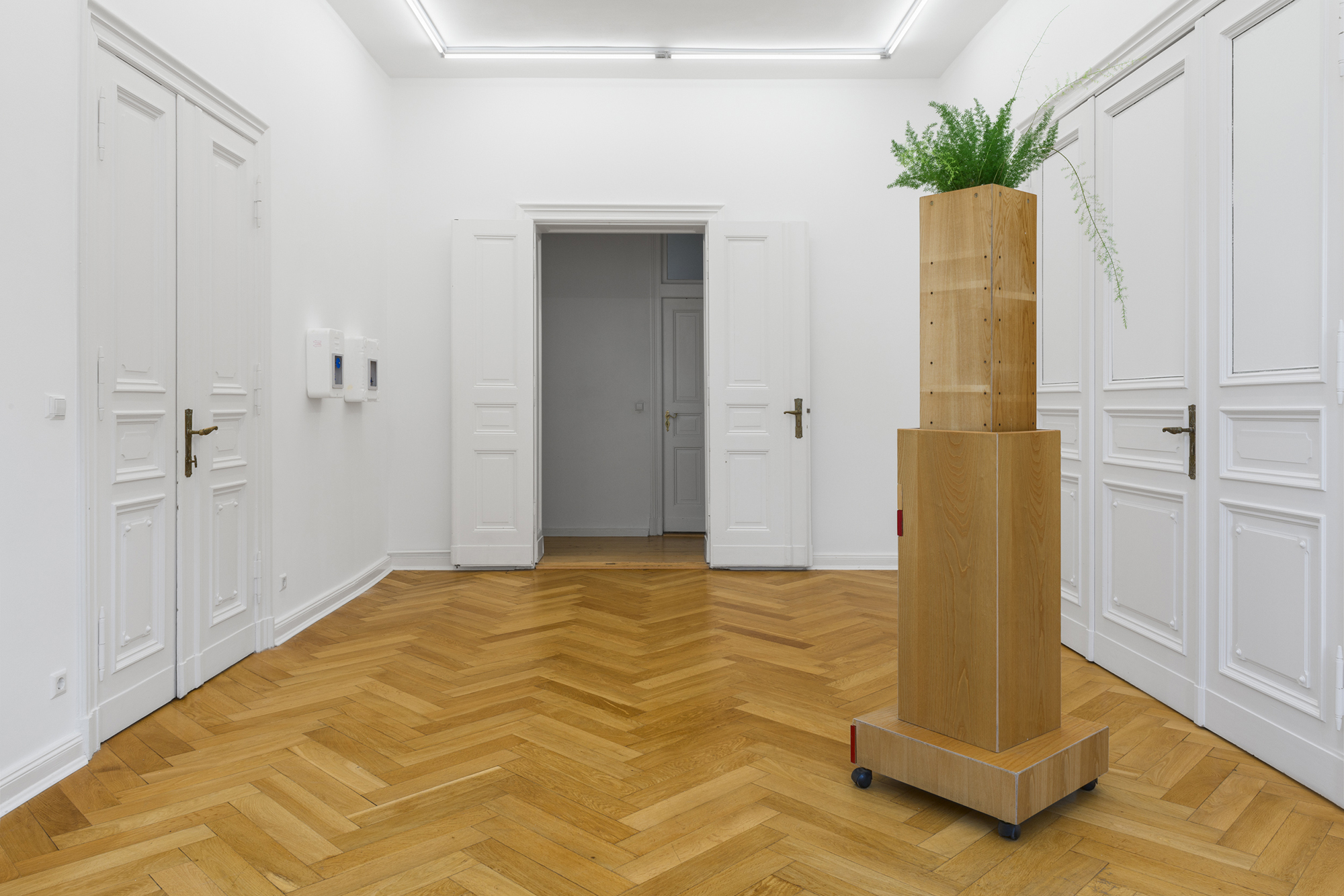
Installation view, 2024, (REPERTOIRE)/Schöneberg. Courtesy: the artists & Fanta-MLN. Photo: Julian Blum.
Interview
w/ Fanta-MLN
Hendrike Nagel I’ve founded (REPERTOIRE) to delve deeper––and collectively––into the intersection and interdependence of programmatic––such as artistic and curatorial––and infrastructural thinking. I firmly believe that an institution’s dynamics are shaped not only by its program but equally by the organizational structure in which it operates. In this context, (REPERTOIRE) invites artists, collectives, and cultural workers as well as project spaces, galleries, and institutions to jointly imagine and cultivate new, fairer organizational forms of (institutional) work. Given the diversity of participants, this approach naturally entails varied and tailored forms of collaboration.
Following the solo exhibition of James Krone, which marked the inaugural project of (REPERTOIRE), I’m delighted to embark on a collaboration with you, or rather, to host you––a phrase I believe better encapsulates (REPERTOIRE)’s role in this context. However, before delving into our collaborative relationship or discussing your artistic decisions for the upcoming group exhibition, I’d like to begin by exploring your self-perception of Fanta-MLN as an organizational entity. Particularly in the context of managing the gallery as a trio, how would you characterize the dynamics and approach?
Fanta-MLN Ciao Hendrike, first of all we want to thank you for your kind invitation to host our gallery and program. We are always really happy to collaborate with other realities and especially for the first time in a city as Berlin, where we have a lot of connections and friends.
As for your question, we have to say that we don’t have a fixed organization system or specific roles. This doesn’t mean that we don’t organize our work on a daily basis, or that we haven’t developed personal one to one relationships or specific skills over these years, but let’s say that we try to work mostly as a collective entity, sharing thoughts among us and thinking together about the possible decisions we have to take. We are aware that sometimes this process could be a bit slow, but this dialectic approach among us has always been very important for our program, especially in understanding what are the urgencies and priorities of our project. Of course we don’t always agree on everything, but in these cases the mutual trust and respect we have for each others usually helps in not creating any impasse!
HN I believe that adopting a slower pace would generally benefit the (art) world. That is actually one of the paradigms of (REPERTOIRE): producing less shows in more time. However, I think a collective approach––like any other alternative approach––often brings exactly these structural challenges to the forefront. This might explain why we see a decrease in their popularity. Established infrastructures rarely accommodate alternate needs (in terms of time, costs, personnel, etc.). I don’t know how much you are affected by this?! Also on a programmatic level, you work with several artists whose practices involve various forms of cooperation or collaboration. For instance, Jason Hirata frequently employs relationships and networks as an artistic strategy, Angharad Williams is a member of the collective The Wig, and Michèle Graf & Selina Grüter work as a duo––they’re also part of your show here at (REPERTOIRE). So I’m interested in your interest and perspective on this, as I imagine it’s one of many threads in your program?
Fanta-MLN Cooperation and collaboration are definitely concepts that not only inform the way we operate on a practical and structural level, but as you pointed out they are very much embedded in the practice of some of the artists we collaborate with, as well as the very programming of the gallery and how it developed and grew over the years. Many artists we work with have relationships among them that started before the collaboration with us, while some of these relations also developed through the connection with us, and we feel this is both relevant and natural to the way we conceive the gallery’s program, being the dialogue with the artists and the sharing of common concerns and sensibilities very important for us. While we are not interested in the idea of focusing on specific scenes, we like to think of the gallery as a space around which a community can be built. Some examples in this direction could be the collaboration between Jason Hirata and Angharad Williams within The Wig project that you mentioned, as well as the fact that Michèle Graf & Selina Grüter not only work as a duo, but they used to run the project Taylor Macklin in Zurich with Gina Folly. An anecdote that somehow exemplifies also how we conceived the show in Berlin, is that the work Pocket Liner by Michèle and Selina that we are presenting in the exhibition belongs to Gina and was lent from her for the occasion.
HN I very much see––and appreciate––this community-oriented approach evident in your practice. It appears that you frequently embark on projects with a grassroots perspective, subsequently broadening their horizons in various directions, thereby cultivating a rich network of social connections. Wasn’t your gallery originally conceived in a similar vein? As a project space with a strong emphasis on Milan’s local art scene?
Fanta-MLN Fanta-MLN started as a project space in 2015, before becoming a gallery in the fall of 2018. The three of us were already very close to each others and had worked together before, and as we already shared similar concerns and sensibilities it felt quite natural for us to initiate this project together, and to start by collaborating with some artists from Milan and of our generation. It was the conversation with some of them and the desire to work together on specific projects that triggered the idea of opening a space. While this was the starting point of the project, as we mentioned before it was also important for us to not focus exclusively on a specific scene, which is why we soon felt the need to expand the research and program beyond our local context. And as we all come from a gallery background, it was also very natural for us to continue the conversations with the artists beyond the shows developed together, and this is why after three years we decided to become a gallery.
HN This methodology also resonates with the ethos of the group exhibition here. The project commenced with the sculpture by Alessandro Agudio, who is based in Berlin, before expanding to encompass the works of Gina Folly, and Michèle Graf & Selina Grüter. Could you elaborate further on your idea for the show, the individual works and their interrelations?
Fanta-MLN When we received your invitation we immediately thought of involving Alessandro Agudio in the project, an artist we work with since the very beginning and who is based in Berlin since a few years. We also decided right away to present his work Fioriera I (La Giocosa)(5), 2023, a piece that belongs to an ongoing series of sculptures that play with the idea of planters. The particularity of this piece, which was presented for the first time last year in the solo show Remodeling Residence Acquario in Naples at LFA together with two more sculptures from the same series, is that the materials used to make the work come from the furniture of Alessandro’s parents’ apartment, Residence Acquario, where he grew up and which is located in Taccona, an hamlet in the town of Muggiò, Brianza, at the outskirts of Milan. This liminal landscape, and the artisanal tradition of it, have always been an important reference in Alessandro’s practice, and more so in the past few years, when the moving out from the apartment triggered in Alessandro a careful taxonomic operation across the rooms and the objects inhabiting them. We thought it was quite interesting to present this work, which is somehow also very personal to him, in the exhibition and in his new city of residence, which is Berlin.
As for the other works in the show, the decisions were quite spontaneously developed in conversation with the artists. When we work on group shows, we try to avoid a specific theme to dictate the choices, but we prefer to focus on shared sensibilities and intuitions among the works and practices presented. Starting from the title of Alessandro’s work, which translates in “The Playful One”, we decided to present Gina Folly’s works from the Simplify Complexity(1)(2)(3) series, in which different sets of toys that are used to keep animals that are held in captivity active, are presented into polistirene packing boxes. The materials chosen are typical of today’s post-industrial and post-Fordist world, evoking contemporary materiality in all of its most common and banal aspects. These aesthetic choices nevertheless defy any cold impersonality, and every subject is treated through the prism of the human relations and emotional motivations that it invites. The interest in different modes of domestication of animals is a recurring theme in the artists’ practice, and her playful and subtle approach also underlies a reflection onto the systems and means of controls that humanity imposes on itself.
This investigation into our contemporaneity and the systems that regulate it, and the possibility of questioning through small gestures their linearity and normativity, which is a recurring thread in the program of the gallery as a whole, also suggested the selection of the last piece in the show, a work by Michèle Graf and Selina Grüter belonging to their ongoing Pocket Liners(4) series. These works are composed by gathering words from purchase receipts, forming short texts that reevaluate the words from this found vocabulary. The texts reflect the artists’ interest in the use and development of language within a capitalist social formation, and the possibility of subverting it through a poetic gesture. The work in the show is a particularly acute example of this approach, as the word tender, used instrumentally in commercial receipts, is here redeployed for the word’s affective connotation. Finally, the interest in language as a compositional material and the exploration of forms of subjectivity embedded in it informs the practice of Luzie Meyer, who we invited for a reading performance for the opening of the show, in which she will present a selection of writings and poems. Her texts often oscillates between personal experience and a critical observation of her surroundings and through their apparent non-logic or absurdity, they explore the psychology of form and seek to bend seemingly prescriptive protocols of understanding material reality.
(1) Gina Folly, Simplify Complexity IV, 2022 Styrofoam box, brightly colored plastic pieces spin easily on stainless steel rods, 42 × 35,5 × 13,5 cm
(2) Gina Folly, Simplify Complexity I, 2022, Styrofoam box, brightly colored plastic pieces spin easily on stainless steel rods, 40 × 26,5 × 13,5 cm
(3) Gina Folly, Simplify Complexity III, 2022, Styrofoam box, brightly colored plastic pieces spin easily on stainless steel rods, 40 × 26,5 × 13,5 cm
(4) Michèle Graf & Selina Grüter, Pocket Liner, 2022, Cut-and-pasted printed receipt paper on graph paper, 38,6 × 30,4 cm
(5) Alessandro Agudio, Fioriera I (La Giocosa), 2023, Wood, steel, asparagus acutifolius, 194 × 50 × 50 cm
Fanta–MLN & Hendrike Nagel



